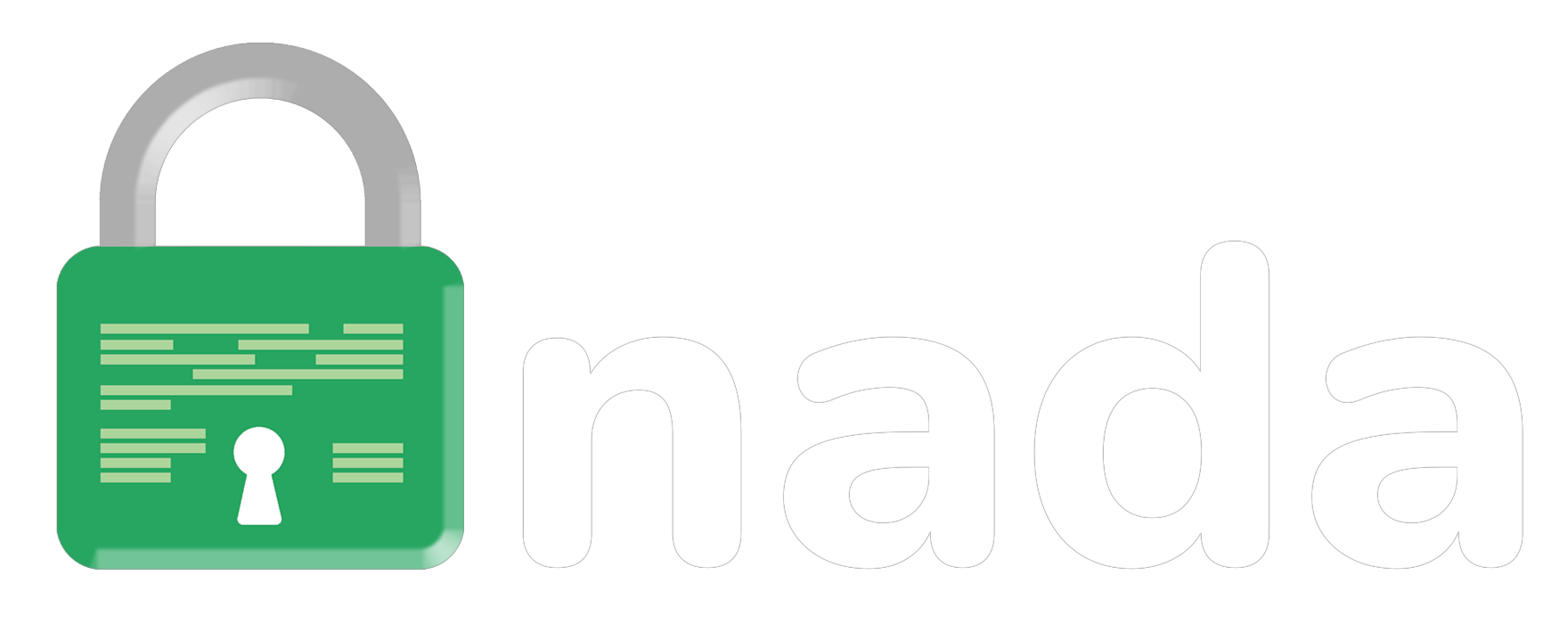In the C-suite, information is currency. From upcoming acquisitions to unreleased product innovations, non-public information (NPI) represents both tremendous value and significant vulnerability. For today’s executives, the challenge isn’t just creating groundbreaking strategies—it’s protecting them until the right moment for disclosure.
This high-stakes information landscape has traditionally forced CEOs to choose between agility and security. Until now.
The Executive’s Dilemma: Speed vs. Security
For chief executives, the traditional approach to protecting sensitive conversations has created an impossible situation:
Option A: Initiate lengthy legal procedures for every sensitive conversation, significantly slowing down business operations.
Option B: Have critical conversations without adequate protection, risking premature disclosure of non-public information.
Either choice presents significant drawbacks. Slow-moving legal processes hamper a company’s ability to execute quickly on opportunities. Conversely, inadequate protection exposes the organization to competitive intelligence leaks, SEC violations, or erosion of strategic advantages.
“We found ourselves in board meetings debating whether a conversation warranted the three-day NDA process,” explains one Fortune 500 CEO who now uses Nada. “That hesitation was costing us opportunities.”
What Constitutes Non-Public Information?
For executives, protecting NPI is not just good business practice—it’s often a legal requirement. NPI typically includes:
- Financial Information: Unreleased earnings reports, forecasts, or changes in financial condition
- Strategic Initiatives: Upcoming mergers, acquisitions, divestitures, or major business pivots
- Product Developments: Unreleased products, services, patents, or R&D breakthroughs
- Personnel Changes: Unannounced executive appointments, departures, or reorganizations
- Regulatory Matters: Pending legal issues, investigations, or regulatory developments
The improper disclosure of such information can trigger SEC investigations, shareholder lawsuits, competitive disadvantages, and even criminal charges in cases of insider trading facilitation.
How Nada Creates the Executive Shield
Nada has emerged as the solution of choice for C-suite executives facing the speed vs. security dilemma. Here’s how leading CEOs are deploying this powerful tool:
The Secret Level: The Gold Standard for Board-Level Discussions
For the most sensitive NPI—merger discussions, earnings previews, or major strategic shifts—executives rely on Nada’s highest protection tier:
- Triple-Layer Verification: Government ID scanning + biometric authentication + digital signature
- Comprehensive Audit Trail: Creating irrefutable documentation of who accessed what information and when
- AI-Powered Fraud Detection: Identifying and preventing sophisticated impersonation attempts
- Instant Deployment: All this protection initiated with a single tap and completed in seconds
“Before a recent acquisition discussion with a potential target company, I sent a Secret-level Nada agreement to their CEO. Within 30 seconds, we had a legally binding confidentiality framework in place, and we could speak freely about valuation, integration plans, and potential synergies,” reports the CEO of a publicly-traded technology company.
The Trust Level: For Daily Strategic Conversations
For routine but still sensitive conversations with leadership teams, external advisors, or potential partners, the Trust level provides the right balance of security and simplicity:
- Verified Phone Authentication: Ensuring the recipient’s identity through their device
- Digital Signature Capture: Creating legal accountability
- Template-Based Customization: Adjusting terms for specific NPI categories
Chief executives use this level for:
- Briefing department heads on upcoming strategic initiatives
- Sharing financial projections with potential investors
- Discussing unreleased products with marketing teams
- Exploring partnership opportunities with external organizations
Beyond Traditional NDAs: Why Executives Choose Nada
The shift away from traditional legal processes toward Nada for NPI protection is driven by several key advantages:
- Speed to Security: Reducing protection deployment from days to seconds
- Verification Confidence: Knowing exactly who is receiving sensitive information
- Mobile-First Design: Matching how executives actually communicate
- No Recipient Friction: External parties don’t need to download anything
- Legal Enforceability: Maintaining the same legal protection as traditional NDAs
Real-World Scenarios: Executive NPI Protection in Action
Scenario 1: Pre-Announcement Acquisition Plans
The Situation: A CEO needs to discuss potential acquisition targets with the executive team before any public disclosure.
The Nada Solution: Before the strategy meeting, the CEO sends Trust-level agreements to all participants via text message. Each executive verifies their identity and signs, creating a secure environment for the conversation.
The Outcome: The team can freely discuss valuation strategies, potential synergies, and integration challenges without risk of premature disclosure. When one executive needs to involve their direct report in a specific aspect of the planning, they simply send a new Nada agreement to expand the circle of trust.
Scenario 2: Unreleased Product Innovation
The Situation: A breakthrough technology has been developed in R&D, and the CEO needs to share it with potential manufacturing partners.
The Nada Solution: Before revealing the innovation, the CEO sends a Secret-level agreement to the manufacturing partner’s leadership. The comprehensive verification process ensures only the intended recipients have access to the sensitive intellectual property.
The Outcome: The manufacturing discussions proceed efficiently without exposing the innovation to competitors. The detailed audit trail provides documentation of exactly what was shared and when, protecting the company’s IP rights.
Scenario 3: Earnings Forecast Discussions
The Situation: Preliminary quarterly results show an unexpected performance spike. The CEO needs to discuss implications with the CFO and investor relations team.
The Nada Solution: The CEO initiates Trust-level agreements with the core financial team members before sharing the preliminary figures via a secure channel.
The Outcome: The team can analyze the unexpected results and prepare appropriate disclosure strategies without risking selective disclosure violations or market-moving information leaks.
The Psychological Element: How Nada Creates True Accountability
Beyond the technical and legal protections, CEOs report that Nada creates a powerful psychological framework for confidentiality:
“The act of signing creates a moment of commitment,” explains one CEO. “When someone actively verifies their identity and signs a Nada agreement, they’re engaged in the confidentiality process in a way that simply doesn’t happen with verbal warnings or email disclaimers.”
This active participation in the confidentiality process creates stronger adherence to protection protocols. Recipients are fully aware of their obligations and the consequences of breaches, reducing the likelihood of casual or inadvertent disclosures.
Executive Information Security Beyond the C-Suite
What makes Nada particularly valuable is its scalability throughout the organization. While CEOs may initiate the adoption for board-level discussions, the same protection extends to:
- Middle Management: Department heads protecting team strategies
- Sales Teams: Account executives discussing client-specific solutions
- R&D Departments: Researchers sharing findings with specific collaborators
- HR Leaders: Discussing sensitive organizational changes
This creates a consistent culture of information security throughout the organization, reducing vulnerabilities at all levels.
Implementation: How CEOs Deploy Nada Enterprise-Wide
Forward-thinking executives aren’t just using Nada personally—they’re implementing it as an enterprise-wide solution through these steps:
- Executive Sponsorship: Demonstrating leadership commitment by using it themselves first
- Integration with Information Security Policies: Making Nada a required step for specified NPI categories
- Training and Awareness: Educating teams on when and how to deploy different trust levels
- Compliance Monitoring: Tracking agreement usage across the organization
- Culture Building: Celebrating proper information protection as a competitive advantage
“We’ve reduced information leaks by 87% since implementing Nada as our standard protection protocol,” reports the Chief Information Security Officer at a global financial services firm. “What’s remarkable is that we’ve simultaneously accelerated our ability to have necessary strategic conversations.”
The Future of Executive Information Protection
As market environments grow more competitive and regulatory scrutiny intensifies, the strategic advantage will increasingly belong to organizations that can both protect and efficiently share sensitive information. Nada is at the forefront of this transformation.
The next evolution of executive NPI protection is already emerging through Nada’s development pipeline:
- AI-Driven Risk Assessment: Automatically suggesting appropriate protection levels based on message content
- Integration with Communication Platforms: Seamless deployment within existing executive communication tools
- Cross-Border Compliance: Adapting to jurisdiction-specific confidentiality requirements
Conclusion: The New Executive Standard
The old paradigm—choosing between speed and security—has been rendered obsolete. With Nada, today’s executives can move with both agility and confidence, knowing their most sensitive information remains protected.
In an environment where competitive advantage often comes down to execution speed, this shift represents more than a procedural improvement—it’s a strategic transformation in how business is conducted at the highest levels.
For CEOs navigating today’s complex information landscape, the question is no longer whether they can afford to implement sophisticated NPI protection. With solutions like Nada, the question becomes whether they can afford not to.
As one CEO puts it: “In today’s business environment, the ability to have the right conversations with the right people at the right time—with absolute confidence in their security—isn’t just a legal requirement. It’s a competitive superpower.”


Leave a Reply